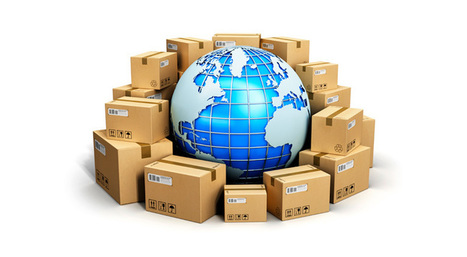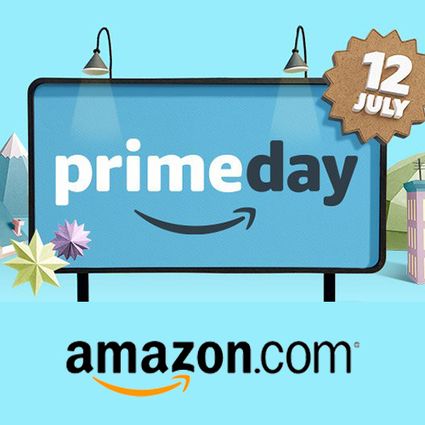In total, 2016 Prime Day was the biggest U.S. sales day ever, surpassing Cyber Monday 2015 by 19%, according to Slice Intelligence, which measures all digital commerce activity and customer loyalty. Slice also found that, on Prime Day, Amazon held 74% of the market share of all U.S. consumer ecommerce.
Sales totals aside, here are some significant takeaways from Prime Day pertaining to Amazon’s customer relationships:
- By offering exclusive deals to members, Amazon continued to showcase the value and advantages of Amazon Prime. Membership continues to grow, from an estimated 75 million at the end of 2015 to 85 million now — with projections that it will reach 110 million by the end of 2016.
- The deepest discounts seemed to be for Amazon devices such as the Tap, Echo and Kindle Fire. Despite the low cost, the premium devices align consumers even more closely with Amazon and make it easier for them to shop and order – thereby facilitating future purchases with the online retailer.
- Prime Day also stimulated customer engagement through the Amazon app. Survey Monkey, which tracks mobile app usage, reported 12 million mobile users on Prime Day, a 50% increase from the 8 million users on an average day. Usage for the week went up 35% in all. Research further showed that 50% of Walmart app users also use the Amazon app — however, very few Amazon app users also use Walmart’s app, demonstrating Amazon’s dominance in the category.
- The opportunity to reach new customers outweighed the negative experiences of others. Some glitches were reported, such as problems with checkouts early in the day and complaints on social media that sale prices applied to a limited number of products. But the record number of new subscribers far surpassed the number of shoppers who were dissatisfied with the event. Ultimately, Amazon may view that as a worthwhile trade-off, banking on the recurring revenue from new customers who will spend more time on Prime and increase their lifetime value....



 Your new post is loading...
Your new post is loading...










Good insight into Amazon's e-commerce strategies, dominance and impact on the industry.